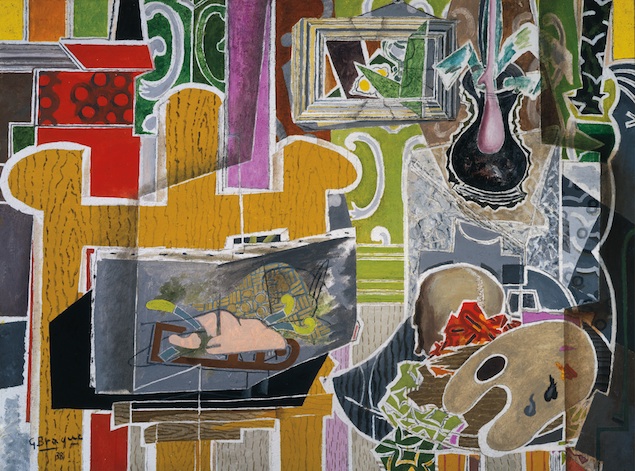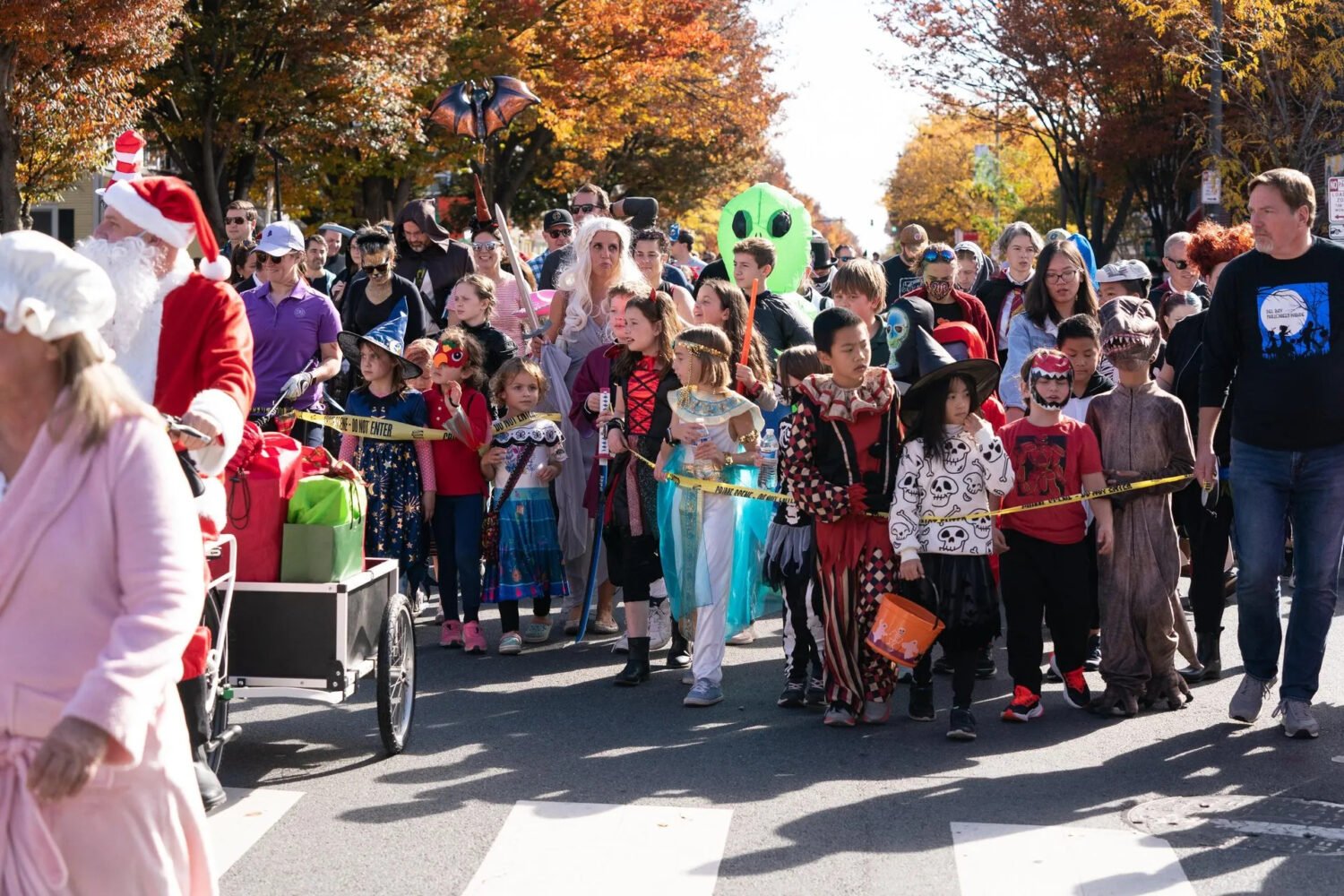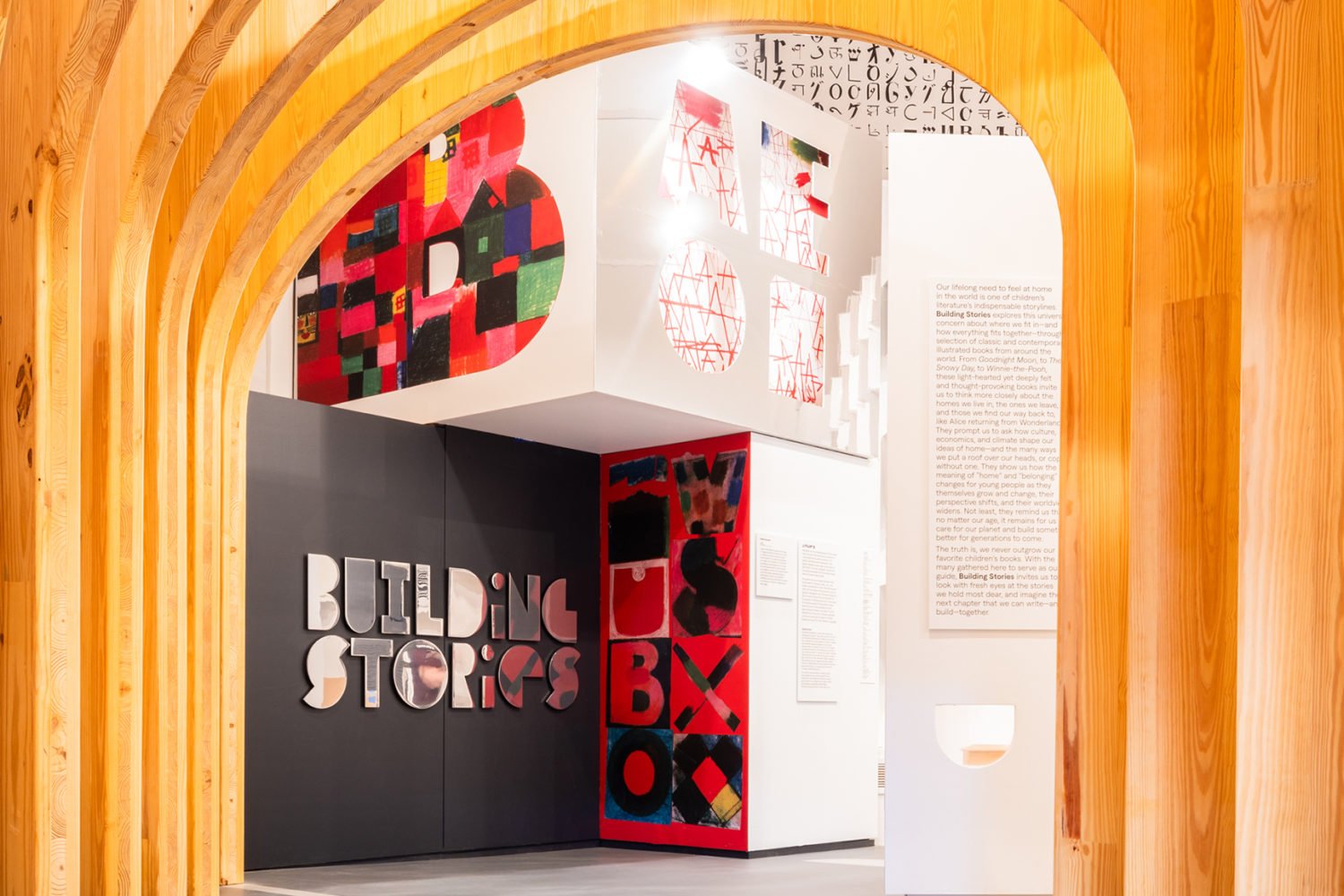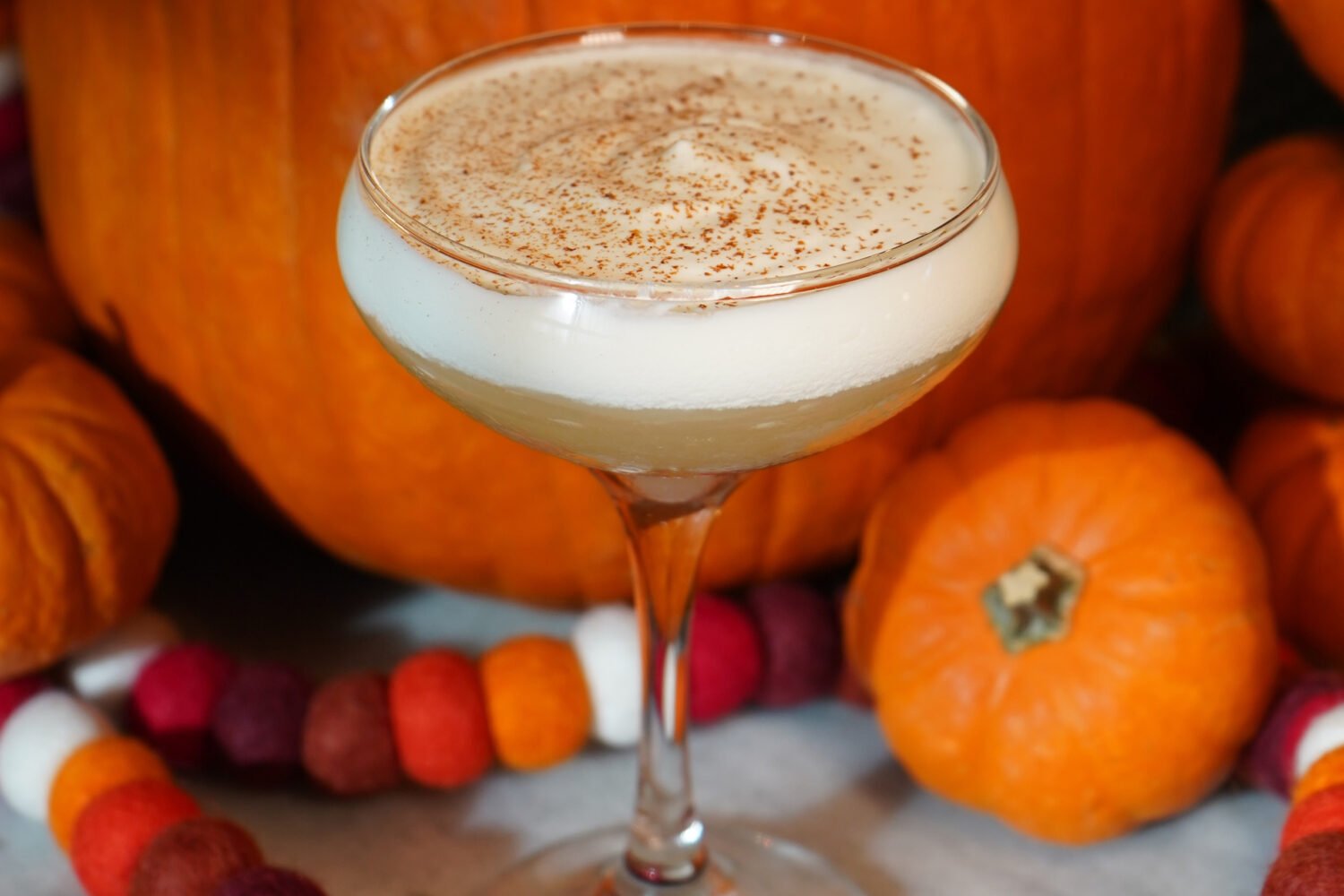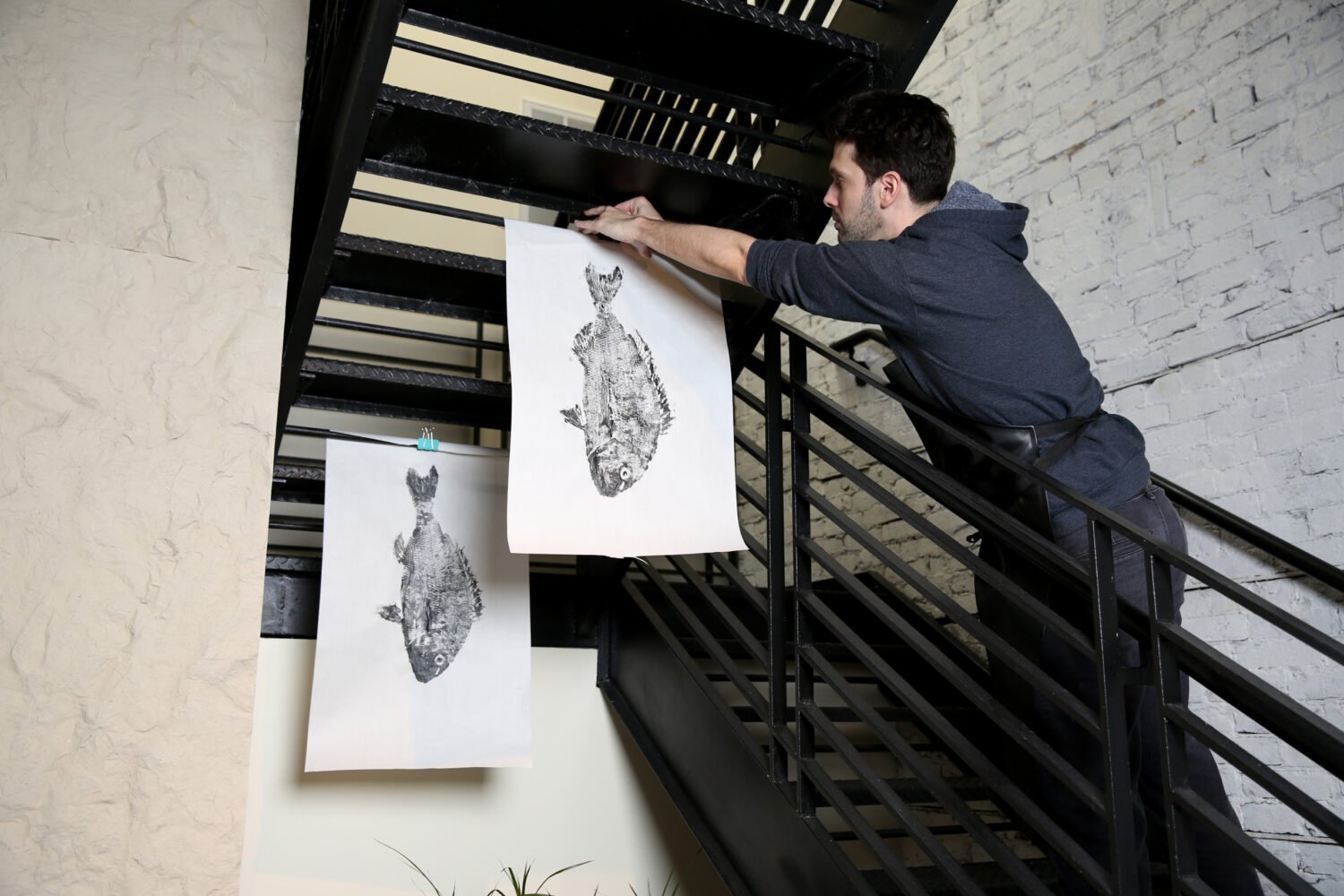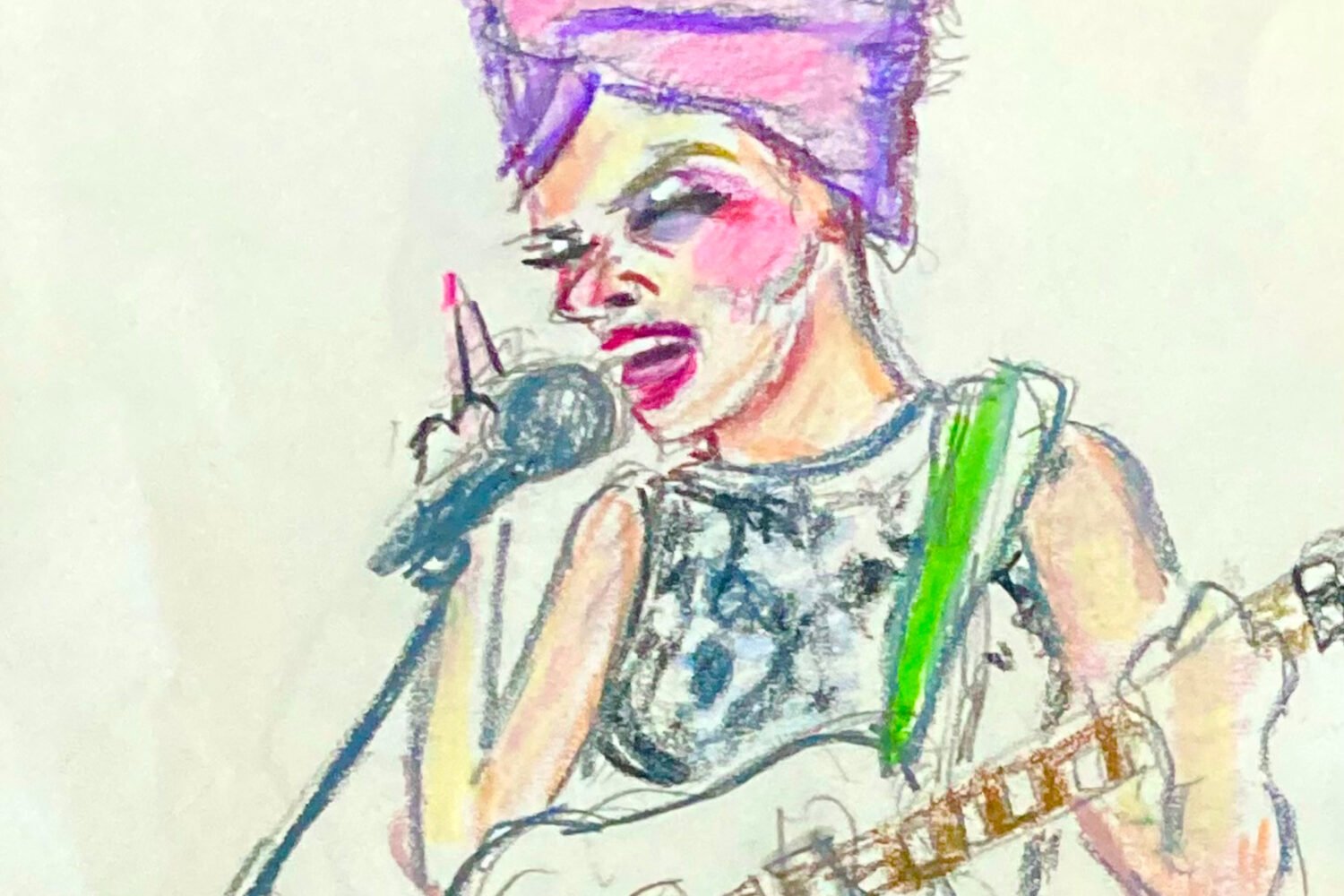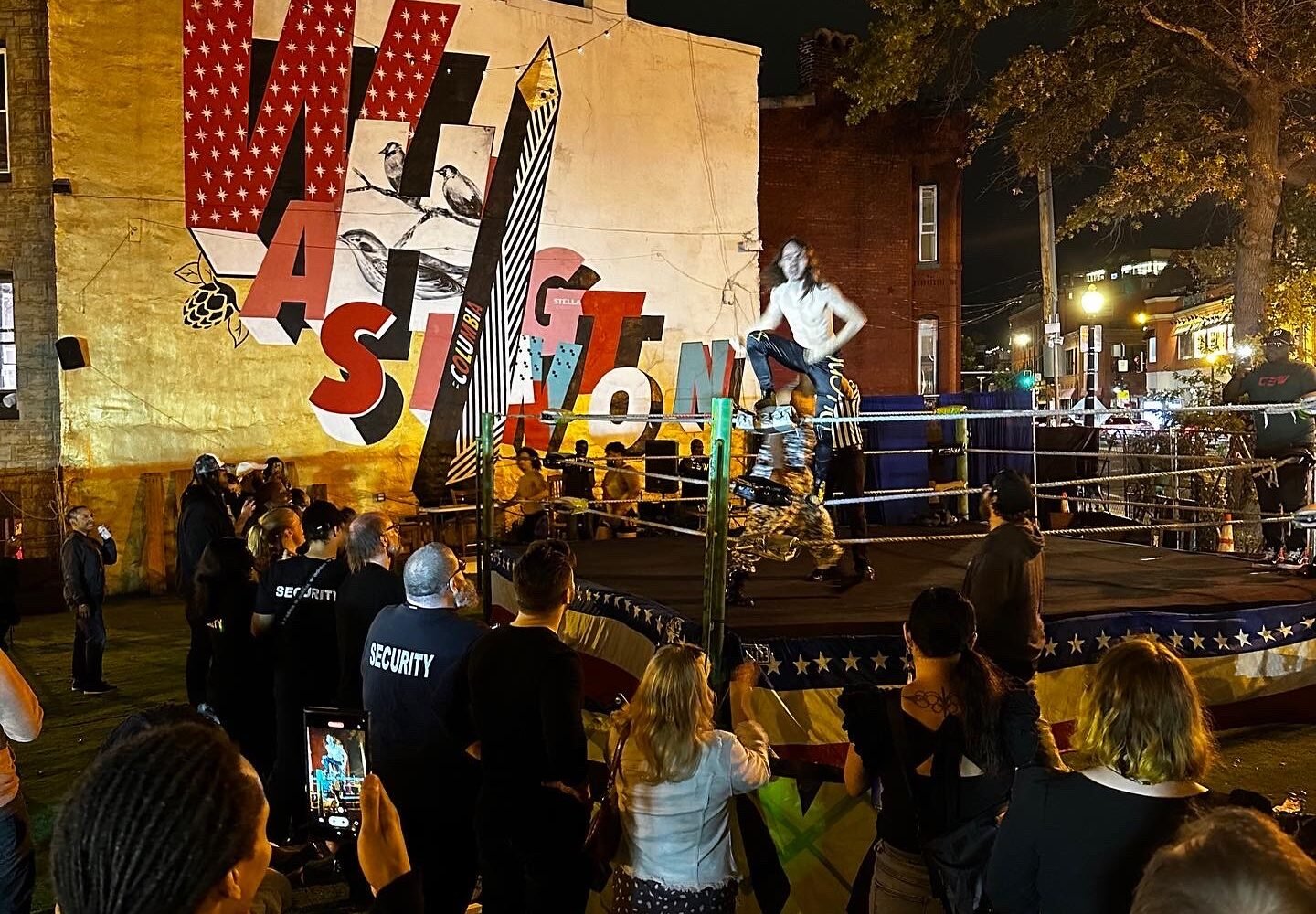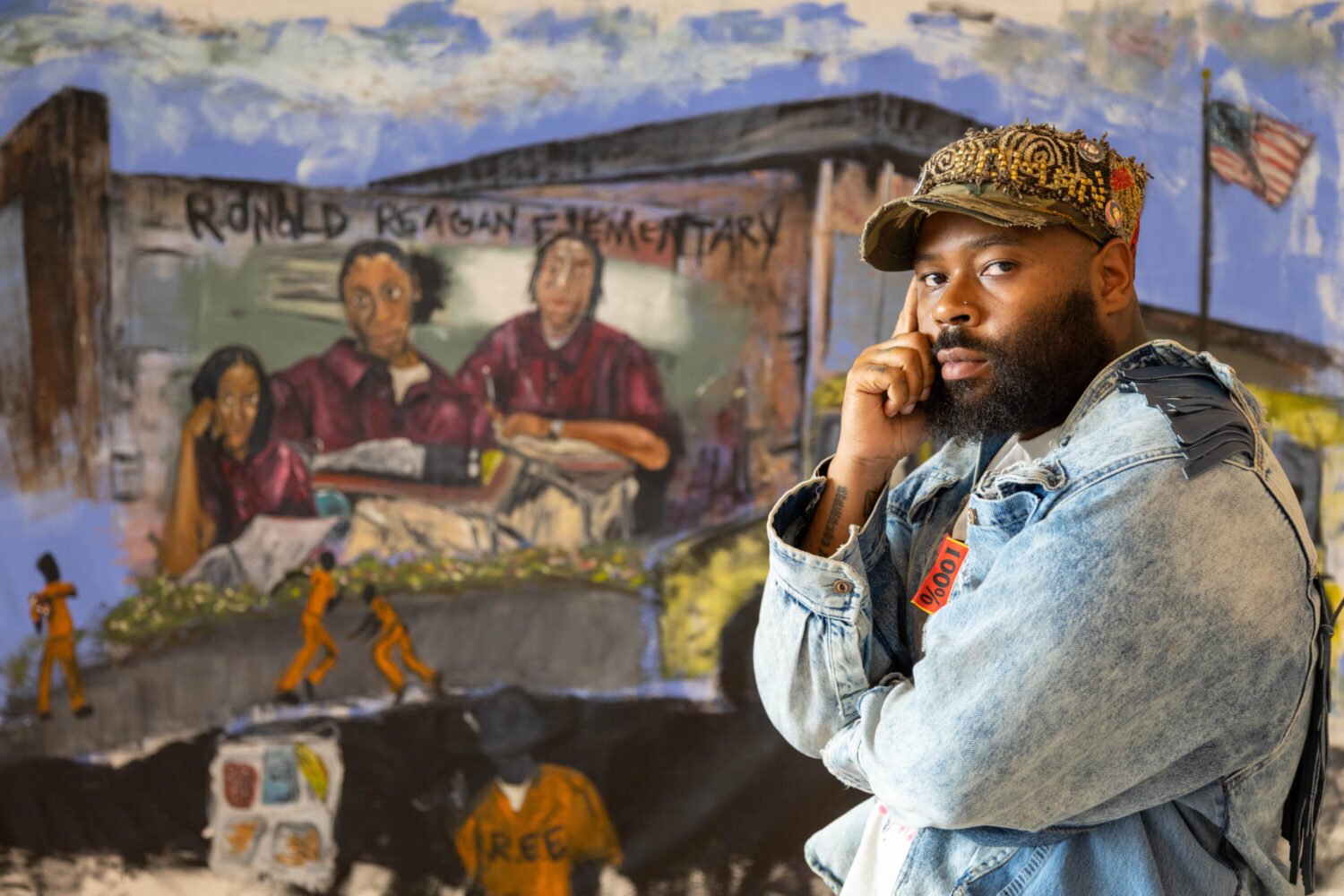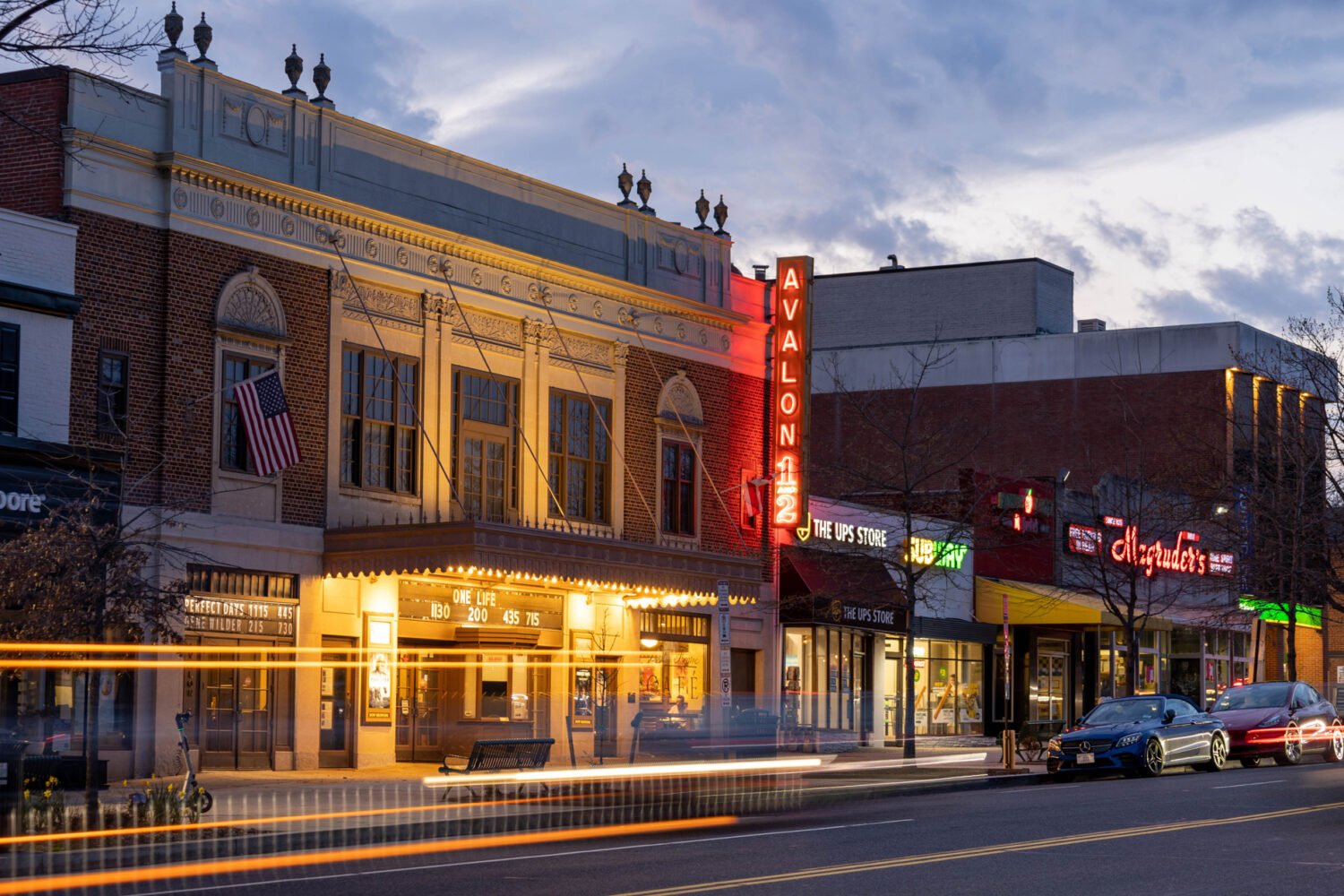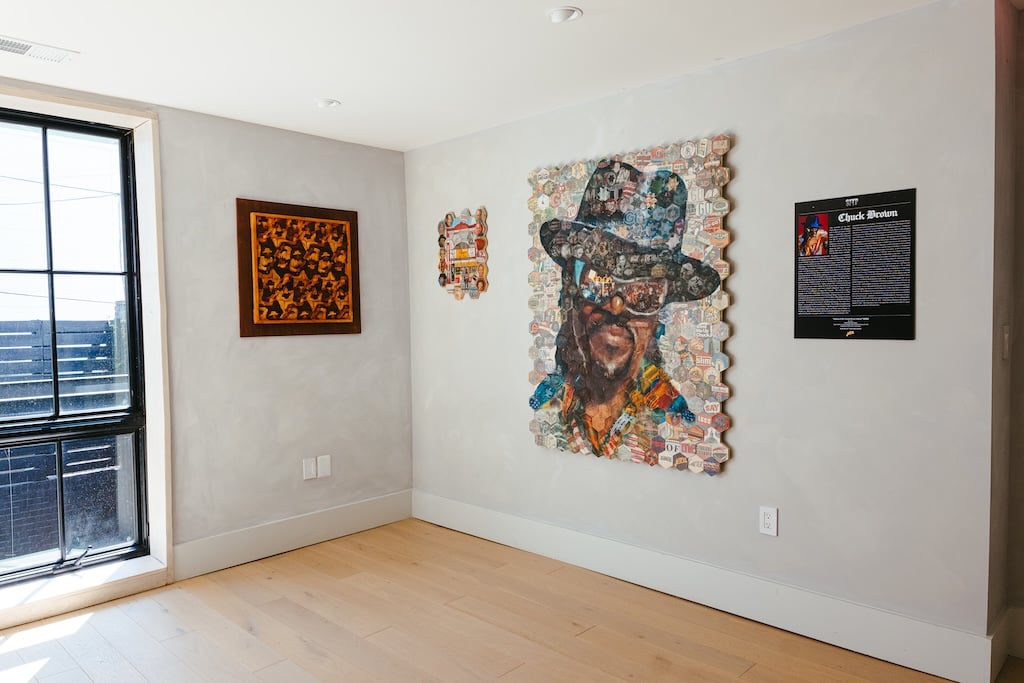Artists inevitably have to toil their way through a series of improbable day jobs
while struggling to make it big. Jeff Koons was a commodities broker, Damien Hirst
was a construction worker, and Mark Rothko waited tables and taught clay sculpture.
Georges Braque was a painter-decorator by trade, and it shows, particularly in “Georges
Braque and the Cubist Still Life, 1928-1945,” a gratifying new exhibition at the Phillips
Collection.
The first major museum exhibit of Braque’s work in 16 years*, the show explores a relatively
neglected period of the cubism pioneer’s work, including his residence in Paris during
a time of Nazi occupation. Braque’s training comes through in his techniques—he used
sand to texturize works and tools to scrape away at layers of paint—but even more
compelling is his obvious fascination with form and perspective, and how color, shape,
scale, and even feel can transform a simple still life into something infinitely more
complex.
Braque’s arrangements can be simple, as in 1937’s muted “Still Life With Oysters,”
or chaotic, like the frenzied “Studio With Black Vase,” done a year later. This exhibition,
co-organized with the Mildred Lane Kemper Art Museum in St. Louis, offers both a wide
range of works and a tight focus: There are 44 paintings on display, each is a still
life, and each was created in a 17-year period during which Braque played with constructs
of cubism and classicism to experiment with structure and style. Nothing feels extraneous
or repetitive.
The exhibition starts in the late 1920s, 12 years after Braque was seriously wounded
fighting in World War I and more than two decades after he first started exhibiting
his work. “Pitcher and Newspaper (The Greek Vase),” painted in 1928, is a simple but
surprisingly vibrant picture of a yellow jug and two equally sunny lemons, positioned
on top of a crumpled paper and next to a pipe and a glass. The background is a gray
wash, with the sharp color in the foreground drawing the eye in. This particular setup
is imitated in the Rosenberg Quartet, a series of four paintings crafted as the model
for marble floor panels Braque created for the apartment of his dealer, Paul Rosenberg.
While the subject is the same, each of the works is strikingly different, allowing
the artist to play around with style and shape to tweak his works in progress.
Process isn’t the only behind-the-scenes element explored. It’s tempting to read too
much into the paintings Braque made between 1940 and 1945, when France was occupied
by the Nazis and the artist was kept away from his Normandy studio, but Braque himself
claimed that art’s role was to remain separate from current events. Still, there’s
a sense of claustrophobia in some of the works created during that period, which replicated
objects in his home. The 1941 work “Mandolin and Score (The Banjo)” depicts a squat
musical instrument on top of a round table, its vivid red runner dripping unsettlingly
toward the floor, in front of a clashing pink wallpaper. And the soft brown tones
of 1942’s “Large Interior With Palette” suggest a thoughtful, somewhat melancholy
state of mind.
This exhibition isn’t huge, but with fewer items to work through, there’s a chance
to give each one the attention it deserves. Consider the vastly unequal amounts of
paint applied in “Mandolin and Score,” with thick slabs daubed on in some places and
a light wash in others; or note the red drapes that recur as a framing device in a
number of different paintings. One room also includes a comprehensive timeline with
details about Braque’s life and their historical context, as well as a technical analysis
of his painting techniques. The show doesn’t attempt to broadly analyze Braque’s life
and career—there’s little, for example, about his relationship with Picasso, or how
his early style evolved into cubism—but it’s a gorgeous, insightful look at a significant
period of the artist’s career, with a surprisingly rich body of work to linger over.
“Georges Braque and the Cubist Still Life, 1928-1945” opens at the Phillips Collection
this Saturday, June 8. For more information, visit the Phillips’ website.
*This post has been updated from a previous version.

